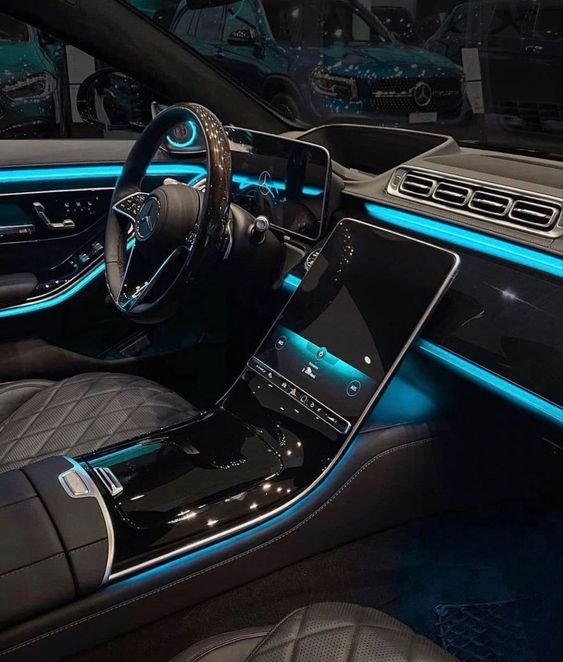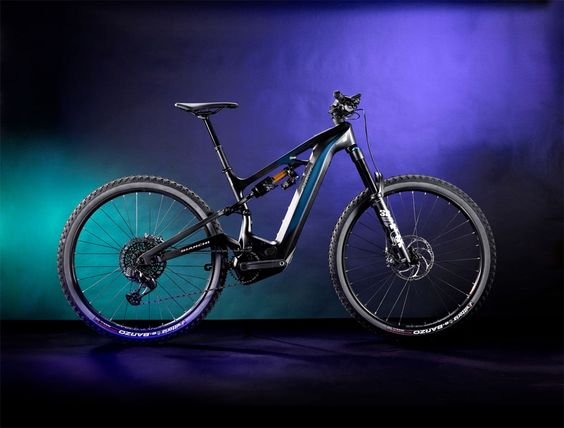
Improving your car’s fuel efficiency not only saves money at the pump but also reduces your carbon footprint and helps conserve natural resources. Whether you drive a compact car, SUV, or pickup truck, there are several effective ways to maximize your vehicle’s fuel economy. By adopting a few simple habits, maintaining your vehicle properly, and making informed choices, you can make your car go farther on each gallon of fuel.
Here are some practical tips to help you improve your car’s fuel efficiency:
1. Drive Smoothly and Avoid Aggressive Driving
How It Helps: Aggressive driving behaviors like rapid acceleration, speeding, and hard braking can significantly reduce your car’s fuel efficiency. According to the U.S. Department of Energy, aggressive driving can lower gas mileage by up to 30% on highways and up to 40% in stop-and-go traffic.
Tips:
- Accelerate gradually and smoothly.
- Anticipate traffic conditions to avoid sudden braking.
- Use cruise control on highways to maintain a steady speed.
- Avoid rapid starts and stops, especially in traffic.
2. Reduce Excess Weight
How It Helps: Carrying extra weight in your vehicle makes the engine work harder and consumes more fuel. Reducing unnecessary items from your car, especially heavy objects, can improve fuel efficiency.
Tips:
- Remove unnecessary items from the trunk or backseat.
- Avoid carrying roof racks or carriers unless needed, as they add weight and increase aerodynamic drag.
- Keep only essential emergency equipment and tools in your car.
3. Maintain Proper Tire Pressure
How It Helps: Under-inflated tires create more rolling resistance, which forces the engine to work harder and use more fuel. Properly inflated tires improve fuel efficiency, enhance handling, and reduce tire wear.
Tips:
- Check your tire pressure regularly, at least once a month, and before long trips.
- Inflate tires to the manufacturer-recommended pressure, usually found on a sticker inside the driver’s door or in the owner’s manual.
- Invest in a quality tire pressure gauge to check your tires accurately.
4. Keep Your Engine Tuned
How It Helps: A well-maintained engine runs more efficiently and uses less fuel. Regular engine tune-ups, including replacing spark plugs, air filters, and oxygen sensors, can improve fuel economy.
Tips:
- Follow your vehicle’s maintenance schedule for oil changes, filter replacements, and spark plug checks.
- Use high-quality oil that matches the manufacturer’s specifications.
- Address any check engine light issues promptly, as they may indicate problems affecting fuel efficiency.
5. Use the Right Motor Oil
How It Helps: Using the correct grade of motor oil recommended by your car manufacturer can improve fuel efficiency by reducing friction and wear on engine components.
Tips:
- Use motor oil labeled “Energy Conserving” or “Resource Conserving,” which contains friction-reducing additives.
- Check the owner’s manual for the recommended oil grade and viscosity.
- Avoid using thicker oil than necessary, as it can increase engine friction and reduce efficiency.
6. Plan Your Trips Wisely
How It Helps: Combining errands and planning efficient routes can reduce the amount of time your car is on the road and minimize fuel consumption.
Tips:
- Combine multiple errands into a single trip to avoid multiple cold starts, which use more fuel.
- Use navigation apps to find the shortest or most fuel-efficient routes.
- Avoid congested routes and heavy traffic times whenever possible.
7. Reduce Idling Time
How It Helps: Idling consumes fuel without moving the car, which reduces fuel efficiency. Turning off the engine when parked or waiting for more than a minute can save fuel.
Tips:
- Turn off your engine if you anticipate being stopped for more than a minute (except in traffic).
- Use start-stop technology if your vehicle is equipped with it.
- Avoid using remote start unnecessarily, as it increases idling time.
8. Use Air Conditioning and Heating Wisely
How It Helps: Using air conditioning (A/C) and heating can put extra load on the engine, increasing fuel consumption. Managing these systems efficiently can help improve fuel efficiency.
Tips:
- Use the A/C sparingly and opt for natural ventilation when possible, especially at lower speeds.
- Use the “recirculate” mode to maintain cooler air without straining the A/C system.
- At highway speeds, using the A/C is more efficient than driving with windows down, as open windows create aerodynamic drag.
9. Drive at Moderate Speeds
How It Helps: Driving at moderate speeds can improve fuel efficiency. Most cars achieve optimal fuel economy between 50-60 mph. Driving faster than this range can decrease fuel efficiency significantly due to increased air resistance.
Tips:
- Drive at or slightly below the speed limit on highways.
- Use cruise control on long, straight highways to maintain a constant speed.
- Avoid excessive speeding, as it consumes more fuel.
10. Minimize Aerodynamic Drag
How It Helps: Aerodynamic drag can increase fuel consumption, especially at higher speeds. Reducing drag improves fuel efficiency.
Tips:
- Remove roof racks, bike carriers, or cargo boxes when not in use.
- Close windows and sunroofs at higher speeds to reduce air resistance.
- Keep your vehicle clean and waxed to minimize surface friction.
11. Use Fuel-Saving Technologies
How It Helps: Many modern vehicles come with fuel-saving technologies, such as automatic start-stop, regenerative braking, and eco-driving modes. Utilizing these features can enhance fuel efficiency.
Tips:
- Engage eco-driving modes when available, which adjust throttle response and shift patterns to maximize fuel economy.
- Use start-stop technology to reduce idling time at traffic lights or in heavy traffic.
- Opt for regenerative braking in hybrid or electric vehicles to recover energy that would otherwise be lost during braking.
12. Consider Aerodynamic Modifications
How It Helps: Aerodynamic modifications, such as installing wind deflectors or rear spoilers, can reduce drag and improve fuel efficiency, especially at highway speeds.
Tips:
- Consider installing aerodynamic add-ons designed to reduce drag.
- Avoid unnecessary body modifications or accessories that increase wind resistance.
13. Choose the Right Fuel
How It Helps: Using the right type of fuel for your car can improve performance and efficiency. Most vehicles are designed to run on regular unleaded gasoline, but some may benefit from premium fuels.
Tips:
- Use the fuel grade recommended in your vehicle’s owner’s manual.
- Avoid using higher-octane fuels than necessary, as they are unlikely to improve fuel efficiency for most vehicles.
14. Practice Efficient Driving Habits
How It Helps: Driving habits have a significant impact on fuel consumption. Adopting fuel-efficient driving techniques can help you save money and reduce emissions.
Tips:
- Drive smoothly and anticipate traffic to minimize sudden stops and starts.
- Use your vehicle’s momentum to your advantage by coasting to slow down rather than braking abruptly.
- Avoid prolonged idling and unnecessary revving of the engine.
15. Consider Lightweight Modifications
How It Helps: Reducing your vehicle’s weight can improve fuel efficiency. Lightweight modifications, such as using lightweight alloy wheels or removing unnecessary components, can enhance performance.
Tips:
- Replace heavy steel wheels with lighter alloy or aluminum wheels.
- Remove heavy or unused aftermarket accessories.
Conclusion
Improving your car’s fuel efficiency is achievable through a combination of good driving habits, regular maintenance, and smart vehicle management. By adopting these tips, you can maximize your car’s fuel economy, save money, and contribute to a cleaner environment. Whether you drive a gas-powered, hybrid, or electric vehicle, these practices can help you get the most out of every gallon of fuel or kilowatt-hour of electricity.







